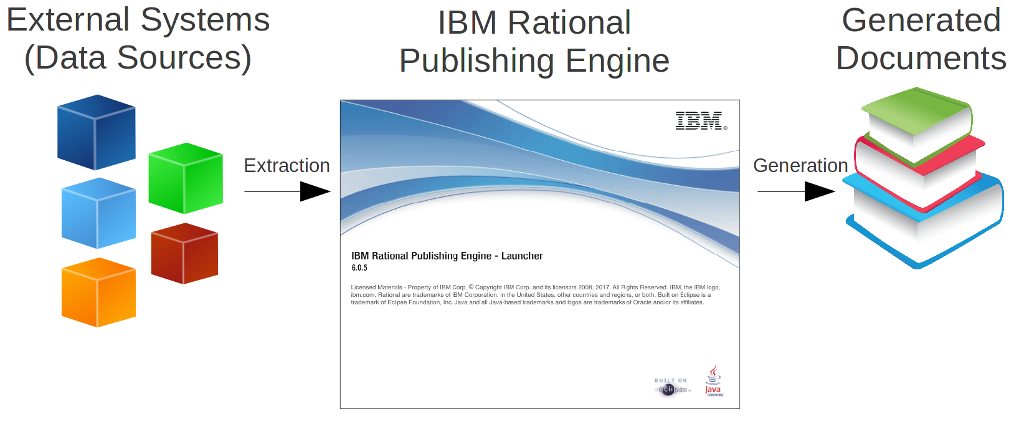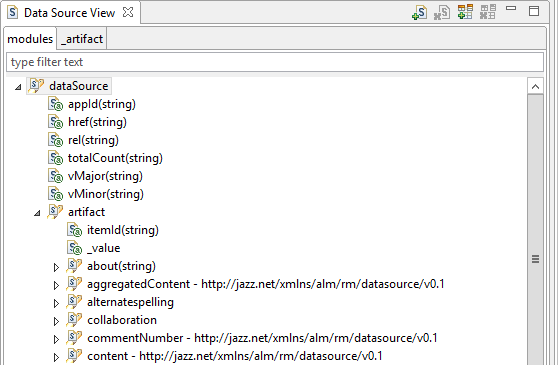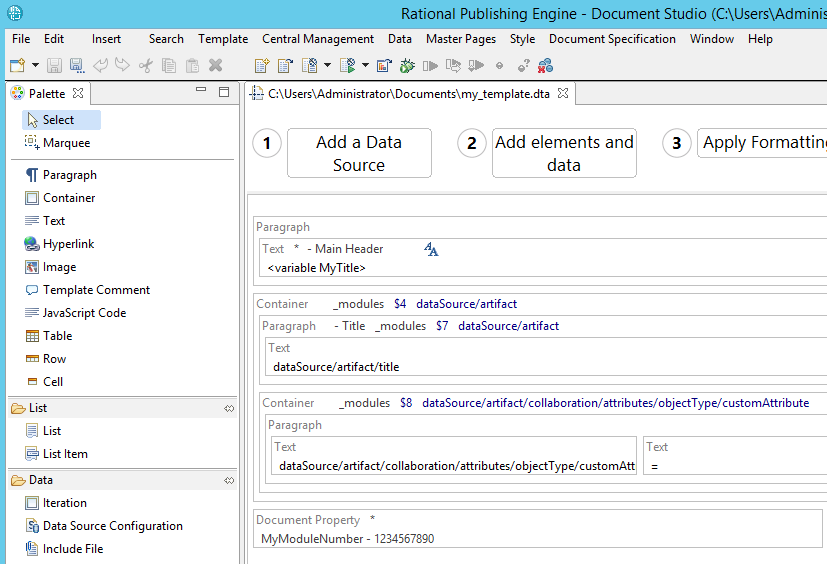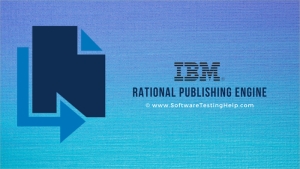Displaying items by tag: engine
IBM Rational Publishing Engine (RPE) is a tool used for automated generation of documents. It generates documents from other Rational products and applications from other vendors that use XML and REST interfaces. Published data is extracted from external systems called data sources.

IBM Rational Publishing Engine can extract the data from various data sources. The tool supports such external systems as Jazz CLM applications (IBM Rational DOORS Next Generation, IBM Rational Team Concert, IBM Rational Quality Manager), Rational DOORS classic, Rational Rhapsody, etc. The tool can work with many external tools that can be accessed through REST API. For example, Atlassian JIRA is among those tools.
IBM Rational Publishing Engine makes the data in reported systems transparent. The data is presented in a clear way giving comfortable and understandable presentation of it.
To use an external data source, you need only import a special XML description of available elements called data source schema. By the way, you can improve the schema creating additional elements there which is very useful if an external system can be customised and enhanced by user in some way. Imagine, if user created custom attributes in system and want add this data into final reports.

IBM Rational Publishing Engine supports various formats to generate documents. User can choose format of generated documents on start. It can be used such supported formats as HTML, Word, Excel, PDF, XSL-FO.
Designing a template is very easy. You can construct a template visually with a special blocks called elements located on Palette view. All you need is to find a needed element, drag it to template's layout and drop at the desired place.

One of the very interested elements on the palette is “JavaScript Code”. It adds a lot of flexibility into designing process. Essentially, a template will become a Javascript application that can do almost everything you want. You can define internal variables, save temporary data and use this for setting necessary behaviour during report generation.

Providing additional updates in properties of elements, you can define which data is extracted, how it's filtered and formatted. After a template is designed, you can use it for generation of required documents. Usually, you start to design a template for some specific data (for example, for module in IBM Rational DOORS Next Generation). But this is doesn't mean that your template can work with this data only. You can be confident that if you apply the same template for other data of similar kind (for example, for another module in IBM Rational DOORS Next Generation), it will build the documents in the same style and based on predefined rules but with another data.
Generally, there are two ways of designing a template. First, you can build template from scratch creating a blank layout and putting any reporting elements to it.
Another way is to enhance an existing template. For example, if you work in Jazz, take a published template and customise it on your own. Add custom headers and footers, styles, company's logo, change locations of elements, and so on.
You can build IBM Rational Publishing Engine templates for Jazz tools and use it within Jazz itself. After deploying a template in Jazz, you will see it in the list of available templates, and can run the document generation based on it.

IBM Rational Publishing Engine can build reports based on multiple data sources in one report. For example, you can build a template that will report about tests passed last week in IBM Rational Quality Manager, and provide lists of blocking defects registered in IBM Rational Team Concert for those tests. Later, you can add references to requirements from IBM Rational DOORS Next Generation which are covered by executed tests and included in some test plan.
To design a template in IBM Rational Publishing Engine, you have to purchase a license for this tool. But if you work in Jazz and use one of licenses there, you can use any templates designed by somebody and published in Jazz for generation of documents without any additional fees. Another word, Jazz license is enough to build documents in Jazz based on templates created in IBM Rational Publishing Engine.





